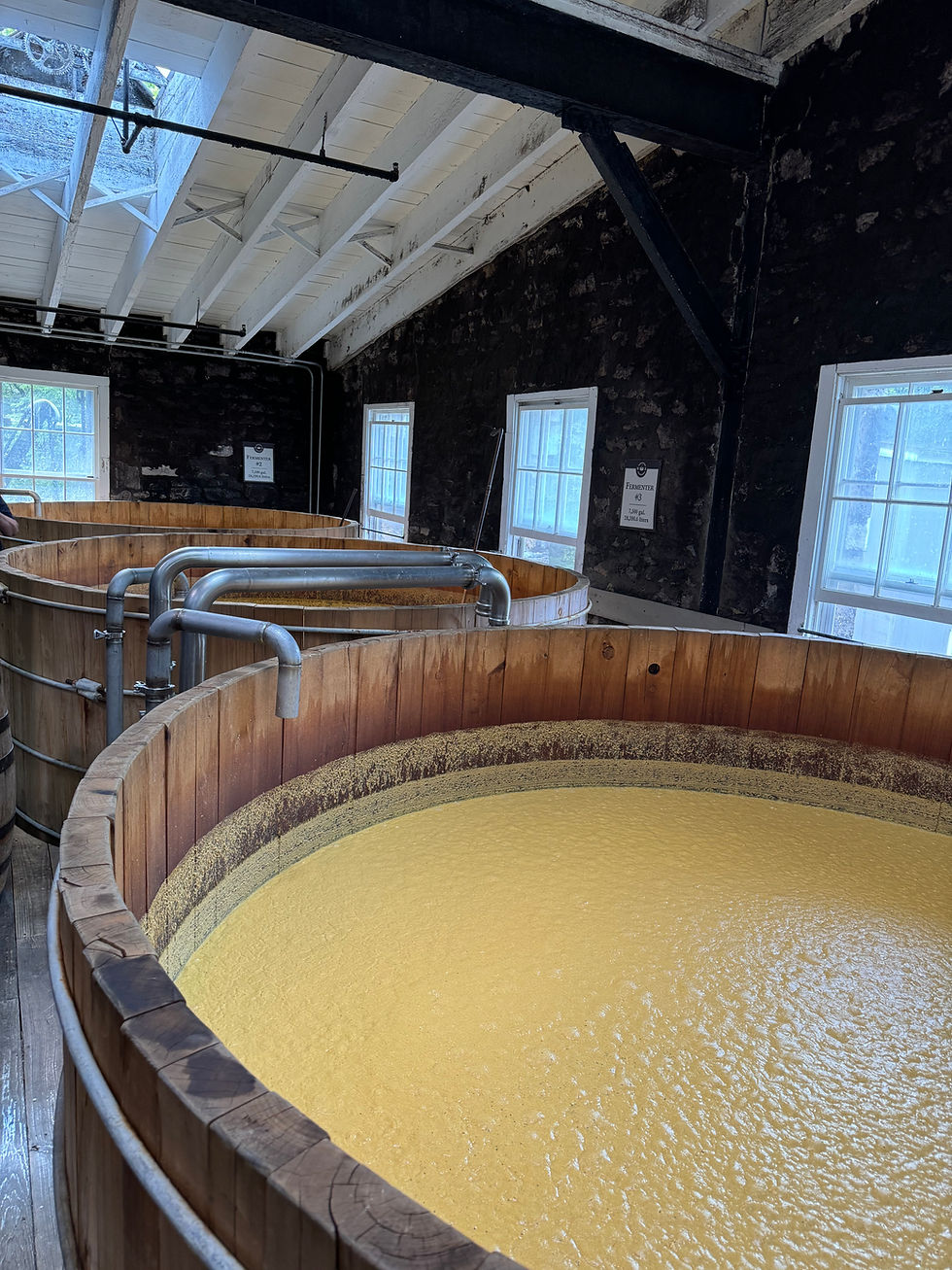Bourbon: A Nashville Tour of an American Spirit That Still Confuses Everyone
- Cody Witten

- Jun 19
- 3 min read

Why is bourbon so confusing? It seems like every country music song mentions it, every bar wants to sell you a fancy pour of it, and yet half of us can’t quite explain what makes it different from whiskey. If you’ve ever wondered why bourbon seems to have its own rule book, or if you’re trying to make sense of why it’s such a cultural and economic staple in places like Tennessee and Kentucky, you’re not alone.
Bourbon isn’t just a drink; it’s a cultural symbol, an economic powerhouse, and for many of us, a favorite go-to whether we’re celebrating, winding down, or jamming to old-school Merle Haggard. But before you take another sip, let’s pull back the curtain and demystify what bourbon really is, how it’s made, and why it deserves a little respect next time you see it on the shelf.
How Is Bourbon Made?
Let’s start at the beginning. All bourbon is whiskey, but not all whiskey is bourbon. That phrase gets tossed around a lot, but what does it actually mean?
To put it simply: whiskey is a broad category of distilled spirits made from fermented grains and aged in barrels. Bourbon is a specific type of whiskey that must meet certain strict legal requirements. Think of whiskey as a family and bourbon as one very proud American co
usin who insists on doing things a certain way.
From Beer to Bourbon: The Mash

Every bottle of bourbon starts out as something that closely resembles beer. It's a grain mash—a soupy mixture of water, yeast, and grains. But bourbon's mash has to be made with at least 51% corn. The rest can include rye, wheat, and malted barley, and the exact mix (called the mash bill) will impact the flavor profile.
This mash is fermented, turning the sugars in the corn into alcohol. It’s not drinkable beer like you’d find in a pint glass—it’s more like grainy soup with a kick. But it’s the first crucial step on bourbon’s journey.
Distillation: Enter the Copper Pot Still
After fermentation, it’s time to distill the liquid. This is where those beautiful copper pot stills come in—classic, gleaming machines that have become an icon of craft distillation. Copper is key because it helps strip out unwanted sulfur compounds, leaving behind a cleaner, smoother spirit.
During distillation, the alcohol is separat-

ed from the mash through heat. The resulting "white dog" or unaged spirit is clear and strong. It might be legally bourbon at this point by technical definition, but no one wants to drink it just yet.
The Magic of Aging: Charred Oak and American Weather
Now comes the part that turns clear liquor into liquid gold: aging. By law, bourbon must be aged in brand new, charred white oak barrels. The barrels themselves play a massive role in the flavor, color, and character of the final spirit.

The charred interior of the barrel acts like a filter and a flavor enhancer. It imparts caramel, vanilla, and smoky notes into the spirit over time. Add in the unpredictable American weather—hot summers and cold winters—and you get what distillers call the "breathing" of the barrel. The spirit expands and contracts with the seasons, pulling out all that barrel goodness over the years.
There's no minimum aging requirement to be called bourbon, but if you want it to be called "straight bourbon," it needs to sit in those barrels for at least two years. Most of the good stuff? Aged anywhere from 4 to 12 years.
Why Bourbon Matters
Beyond the technical definitions, bourbon holds a place of pride in American culture. It fuels small towns, draws tourists, and supports a massive economy. States like Tennessee and Kentucky don’t just make bourbon—they live and breathe it.
Whether it’s being name-dropped in a ballad or poured at a celebration, bourbon is far more than a drink. It’s history in a bottle. It’s craftsmanship. And once you understand what goes into making it, that glass in your hand starts to feel a whole lot more meaningful.
So next time someone says "all bourbon is whiskey, but not all whiskey is bourbon," you can nod, smile, and raise your glass—because now, you know exactly what that means. Cheers to America’s native spirit.
Want to Learn more about Nashville’s complicated history with Whiskey and Moonshine? Join Nashville Adventures for a tour on our all inclusive Historically Tipsy Nashville Pub Crawl!


